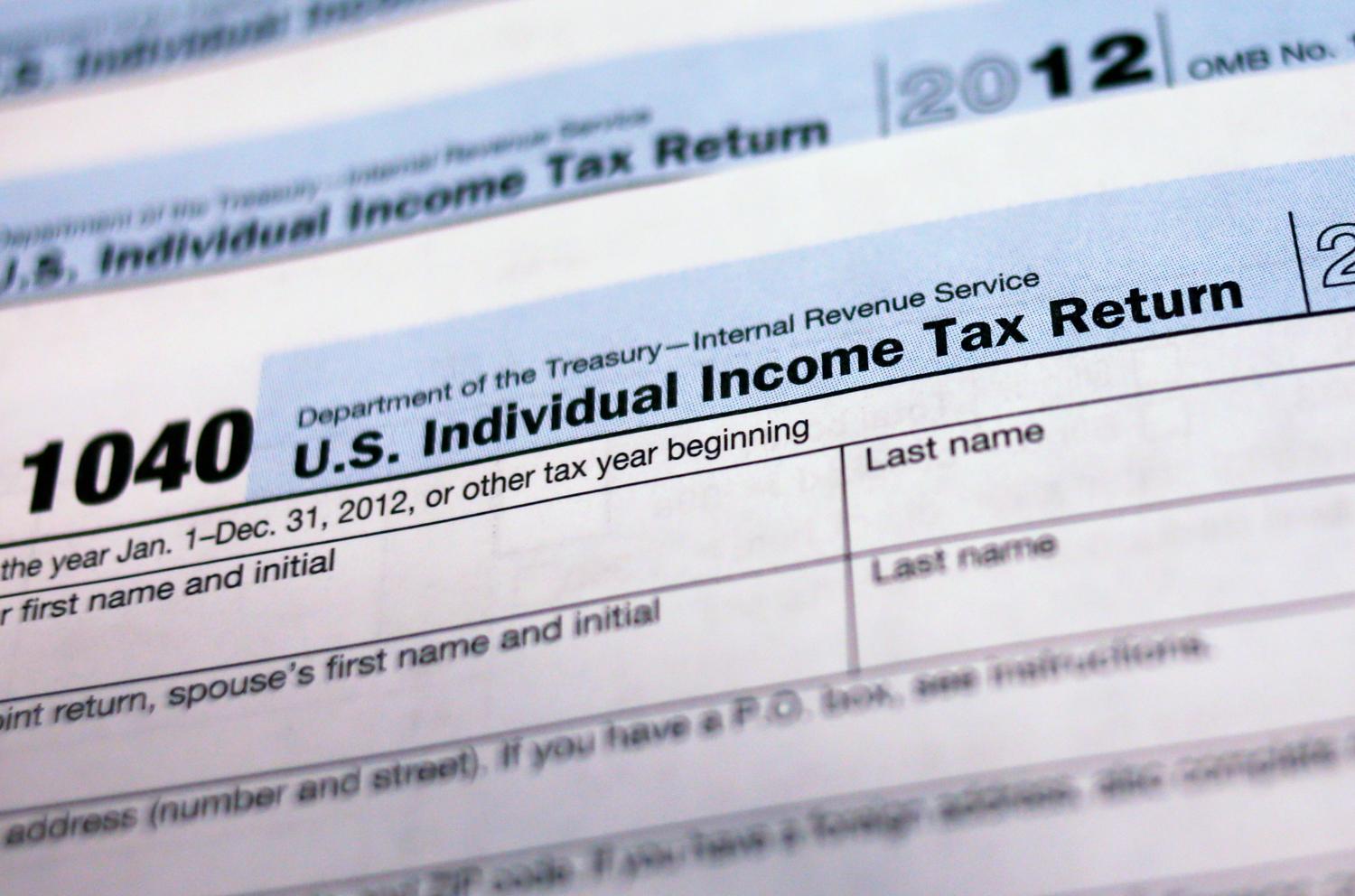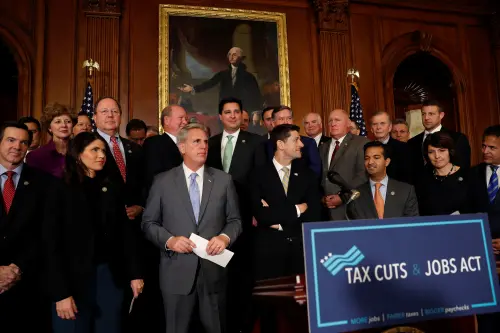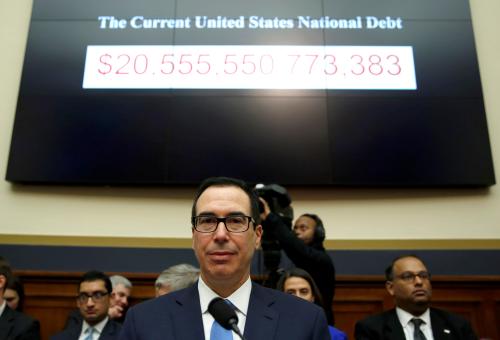The Tax Cuts and Jobs Act of 2017 (TCJA) leaves many promises of tax reform unfulfilled. The bill’s cost sets revenues far below projected spending levels, and puts deficits and debt on an unsustainable trajectory. Many provisions are temporary and expire, require clarification in regulation, or may not survive court challenges from our trading partners—creating uncertainty for individuals and businesses and punting hard choices to future policymakers.
While the bill provides temporary economic stimulus, it delivers only a meager boost to long-term economic growth, and even less for Americans’ future living standards. And it fails to achieve other goals of tax reform by making the tax system more complicated and more difficult to administer, while creating new opportunities for avoidance or noncompliance.
Fortunately, the flaws are fixable. In the 1980s, an ill-conceived deficit-burgeoning tax cut in 1981 was quickly revised in subsequent years, culminating in comprehensive reform in 1986. America would benefit if history repeated itself—and soon. When the time comes to revisit tax reform, policymakers will have the opportunity to install a tax code that is pro-growth, simpler, sustainable, and more equitable.
In “The Tax Cuts and Jobs Act: A Missed Opportunity to Establish a Sustainable Tax Code” (PDF), Benjamin Harris and Adam Looney look at six ways to improve the tax code when the time comes to amend or repeal the TCJA.
While the bill provides temporary economic stimulus, it delivers only a meager boost to long-term economic growth, and even less for Americans’ future living standards.
Tax old capital and provide incentives for new investment
Any new reform that provides windfall gains to already-committed capital must eventually offset those costs in ways that will stunt growth—such as higher taxes or more borrowing. That makes it difficult for any reform that increases the reward for old capital to be growth enhancing. As a starting point, that suggests that reversing or recapturing the TCJA’s windfalls should be a top priority.
Fix the international tax system and limit provisions that facilitate corporate avoidance and income shifting
The TCJA’s general approach to international tax reform is sound, particularly if the U.S. is to remain locked into the basic corporate tax structure and tax base that has prevailed in the past. However, the plan does too little to reduce profit shifting, encourages a race to the bottom in international tax rates and norms, and retains incentives for U.S. companies to locate activities abroad. A few practical improvements would greatly benefit the tax system.
Change the taxation of capital to promote more uniform taxation
While shareholder-level taxes were little changed in the TCJA, many pre-existing distortions are worsened by changes at the corporate or pass-through level. For instance, lower rates on corporate and pass-through businesses and expensing provisions exacerbate the costs of tax expenditures ranging from the exclusion of capital gains at death to tax-exempt savings vehicles. And tax rates on investments continue to face markedly different effective and marginal tax rates depending on the type of account in which the investment is held, when the asset is sold, and how the investment is financed. All of these distortions reduce economic activity by shunting investments away from their most efficient uses. Addressing these shortcomings is a critical component of any reform.
Reduce distortionary tax preferences in the individual tax code
The tax code creates a dizzying array of incentives that distort economic behavior. In some cases, the incentives improve efficiency by addressing an existing distortion or rewarding behavior with positive social benefits (“externalities”). Many of the distortions are minor, but some have profound implications on the U.S. economy. A reform designed to maximize sustainable growth should address, at very least, the most severe distortions.
Encourage working-age Americans to enter the labor force and supply more labor
Tax reform can also boost incomes by targeted reductions in marginal rates on earnings, especially for workers who have shown high responsiveness to lower rates. Reforms that lower effective marginal tax rates —which include the effects of both taxes and transfer programs— for low-wage, married, and older workers can increase both the number of workers in the labor force and the amount of hours worked.
Improve compliance
Due to its complexity and design, the current tax code creates both opportunities for avoidance and challenges for taxpayers seeking to comply with the law. . The cost of non-compliance is often measured in terms of the “tax gap,” which is the difference between taxes owed and taxes paid. Plausible estimates of the tax gap range from roughly $500 billion to $650 billion annually. Because of its massive size, even small, sustained reductions in the tax gap can substantially contribute to deficit reduction.
Conclusion
Congress should follow the example of past tax reform efforts and reverse the long-term damage done by the TCJA by implementing reform that will promote real, long-term growth.
Read the full report here.
The authors did not receive any financial support from any firm or person for this article or from any firm or person with a financial or political interest in this article. They are currently not an officer, director, or board member of any organization with an interest in this article






